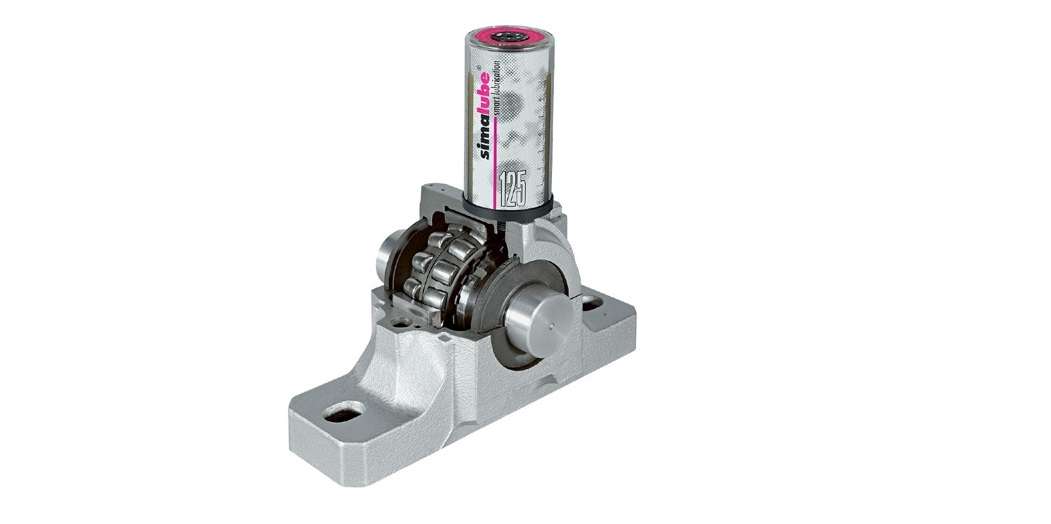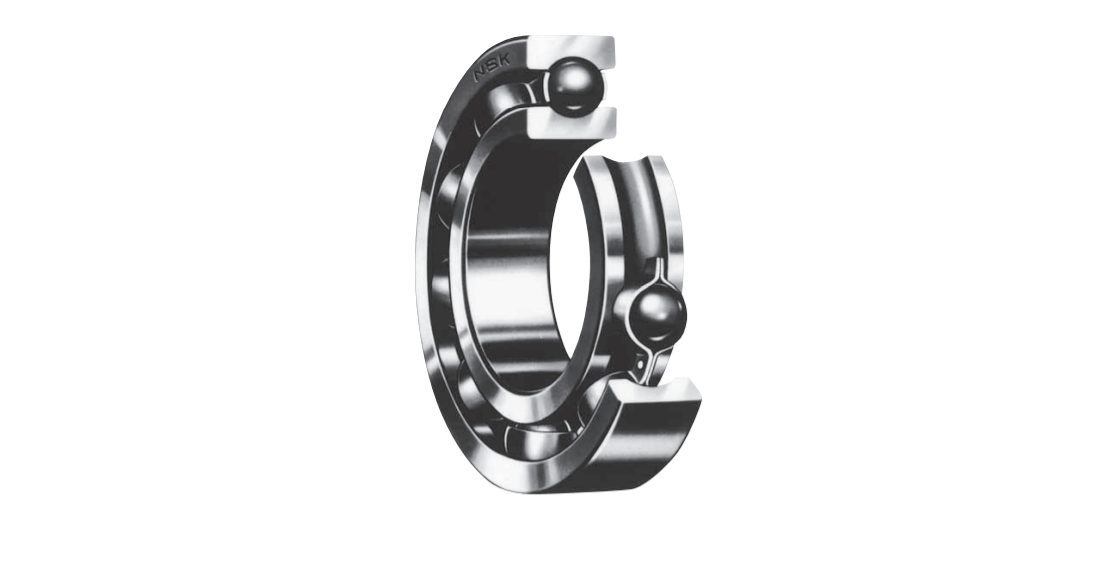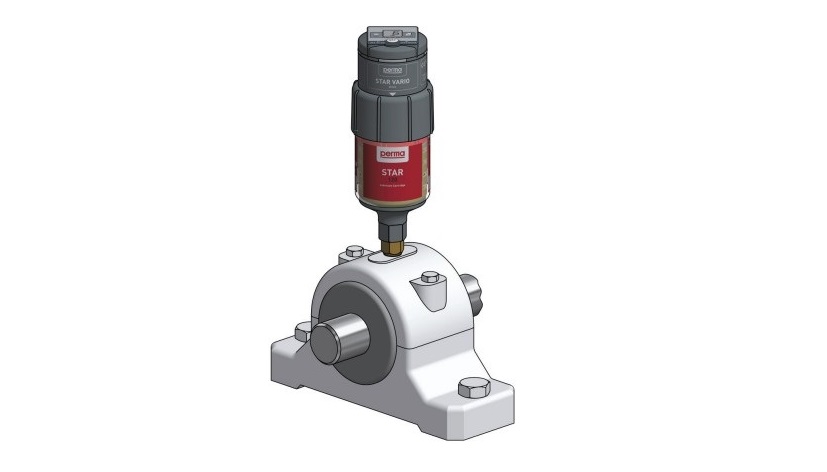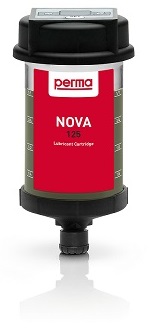Automatic Lubrication Systems vs. Manual Lubrication Methods
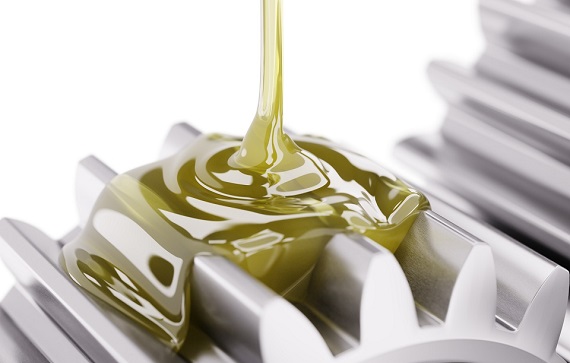
In the world of machinery and equipment maintenance, proper lubrication is crucial for ensuring smooth operation and preventing premature wear and tear. Traditionally, lubrication was performed manually, requiring periodic intervention and the risk of human error through various methods like oilers and grease guns. However, advancements in technology have introduced automatic lubrication systems as an efficient alternative. This article explores the differences between automatic lubrication systems and manual lubrication methods, their benefits, and how to choose the most suitable option for your equipment.
Automatic Lubrication Systems
Single Point Lubrication Systems
A single-point automatic lubrication system stands as an independent, adaptable device that automatically delivers a precise amount of grease or oil to a designated lubrication point within a predetermined timeframe. These systems effectively reduce the necessity for manual lubrication, proving exceptionally beneficial in situations where lubrication points are positioned in far-flung or perilous environments.

Multi Point Lubrication Systems
Automatic lubrication systems are mechanisms designed to automatically deliver precise amounts of lubricant to various components of machinery and equipment. These systems are used to ensure that moving parts are adequately lubricated to minimize friction, reduce wear and tear, and extend the lifespan of the machinery.
Automatic lubrication systems consist of a central pump or lubricant reservoir, distribution lines, metering devices, and lubrication points. The pump or reservoir stores the lubricant, which is then distributed through the network of lines to the metering devices. The metering devices control the flow and timing of lubricant delivery to the lubrication points or bearings. The lubrication points can include bearings, gears, chains, slides, and other moving parts.

Manual Lubrication Methods
Manual lubrication methods, on the other hand, involve the process of manually applying lubricants to machinery and equipment. This can be done using various techniques, such as grease guns, oil cans, brushes, or oilers. In manual lubrication, the operator is responsible for determining the appropriate amount and frequency of lubricant application.
Manual lubrication methods require the operator to physically access the lubrication points and apply the lubricant. This can be time-consuming, especially in large and complex machinery with numerous lubrication points. In addition, manual lubrication relies on the operator's expertise and diligence to ensure that the right amount of lubricant is applied and that all necessary lubrication points are covered.

Comparison between automatic lubrication systems and manual lubrication methods
When deciding between automatic lubrication systems and manual lubrication methods, it's crucial to consider various factors. Let's compare these two approaches based on efficiency and effectiveness, maintenance requirements, cost considerations, safety, and environmental impact.
Efficiency and effectiveness
Automatic lubrication systems excel in efficiency and effectiveness. They ensure precise and consistent lubrication, eliminating the risk of human error. With automated systems, lubrication is performed regularly and with the correct amount of lubricant, maximizing equipment performance and minimizing wear and tear.
On the other hand, manual lubrication methods may lack consistency and precision. It heavily relies on the operator's diligence and expertise to apply the lubricant correctly and in the right quantities. The risk of inadequate or excessive lubrication increases, which can lead to equipment malfunction or reduced lifespan.
Maintenance requirements
Automatic lubrication systems require less maintenance compared to manual methods. These systems are designed to deliver lubricant in a controlled manner, reducing the need for frequent lubrication. The centralized nature of the systems also simplifies maintenance, as operators can monitor lubrication levels from a single point.
In contrast, manual lubrication methods demand more frequent attention. Operators must regularly inspect each lubrication point, manually apply the lubricant, and keep track of the maintenance schedule. Failure to adhere to the maintenance requirements may result in equipment breakdowns or increased wear and tear.
Cost considerations
Automatic lubrication systems have a higher upfront cost compared to manual methods. The initial investment includes the purchase of the system, installation, and necessary components. However, over the long term, these systems can lead to cost savings. By ensuring optimal lubrication, they extend equipment lifespan, reduce the need for repairs, and minimize downtime.
Manual lubrication methods may seem more cost-effective initially, as they involve minimal upfront investment. However, the costs can add up in the form of labor, time spent on manual lubrication, potential equipment damage due to human error, and increased maintenance requirements.
Safety and environmental impact
Automatic lubrication systems offer enhanced safety and minimize environmental impact. With automated systems, operators can avoid accessing hazardous areas or working at heights, reducing the risk of accidents. Additionally, these systems prevent lubricant spills or leaks, promoting a safer and cleaner working environment.
Manual lubrication methods may involve working in potentially dangerous conditions or hard-to-reach areas. The handling of lubricants manually also increases the chances of spills or leaks, which can harm the environment and pose health risks to workers.
How to Choose the Right Lubrication Method for Your Application
When deciding between automatic lubrication systems and traditional methods for your specific application, several factors should be considered:
- Understand your equipment requirements, including lubrication points, intervals, and lubricant types.
- Evaluate the scale of your operations and the number of lubrication points involved.
- Assess the level of precision, control, and consistency required for your machinery.
- Consider the maintenance costs, equipment lifespan, and safety implications associated with each lubrication method.
- Seek advice from our experts to determine the most suitable solution for your needs.
In conclusion, automatic lubrication systems have revolutionized the way machinery and equipment are lubricated, offering precise, consistent, and efficient lubrication solutions. Compared to traditional lubrication methods, they provide numerous benefits, including increased efficiency, reduced maintenance costs, extended equipment lifespan, improved safety, and environmental considerations. Industries such as manufacturing, construction, agriculture, and transportation are embracing these systems to optimize their operations and enhance productivity. When choosing a lubrication method, carefully assess your equipment requirements and consult with experts to select the most suitable solution for your application.
HVH Industrial Solutions is an authorized distributor of Perma, Simatec, Unist, and Memolub and we offer a wide range of their lubrication systems. We work closely with their engineering team to provide superior customer service and engineering support.
If you have any questions, write to us via live chat, call, or send us a quote request. The HVH team is always ready to help you.

